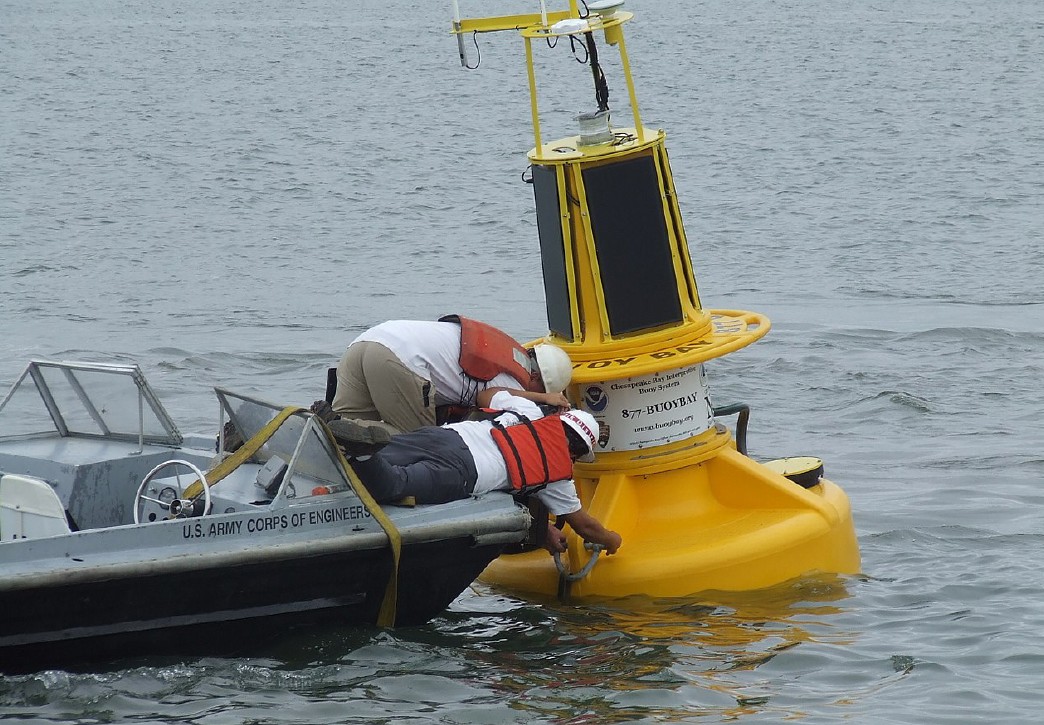STEM Sparks August 2025

Integrating Data Visualization and Design to Reduce Ocean Life Casualties
In recent years, the impact humans have had on the world, and specifically the world’s oceans and marine life, have surfaced as one of the most continuously discussed topics in news feeds and other media outlets. Specifically, current research and well-known stories have detailed the disastrous effects—direct and indirect—humans have had on the oceans. The impact of human activity on marine life through unsustainable actions, recreational activities, pollution, and consumption patterns continues to lead to calls for attention and action of individuals worldwide. Many organizations, researchers, and individuals have sought to raise awareness of the importance of ocean conservation and sustainable actions in the hopes of counteracting the impacts of human-environment interactions by shaping how humans view, use, and manage the ocean environments.
Today, the world’s oceans show the results of many subtle and profound changes; for example, recent research shows that no area of the ocean remains completely unaffected by human influences. Further, investigation shows that approximately forty percent of our vast oceans are strongly affected by multiple human impacts. These include—but are certainly not limited to—pollutants (i.e., chemical contaminants, debris, and even sonar noise), by-catch, shipping, overharvesting, global warming, ocean acidification, and the altering of food webs. Negative impacts to natural environments and wildlife, such as these, continue to increase globally as the demand for space and resources continues to grow in order to accommodate the world’s population.

In this lesson, students engage in analyzing generated data from OceanTracks.org, identifying patterns and creating a data visualization model based on their own research of scientific data in order to inform design decisions. Students consider the interactions from their chosen combination of variables involving marine wildlife movement/patterns, human impacts, and environmental factors in order to develop a visual representation of a geographic location with high marine wildlife activity overlapping regions of high human impacts. Students are challenged to use their newfound insights derived from their visual model to drive design decisions as they design and prototype an automated buoy for a specified “ocean” region in the hopes of alerting boaters of nearby marine life.
This lesson incorporates current and relevant global issues in the hope of providing a way to engage students in a multitude of engineering and technical concepts, while also developing crucial applied skills necessary for the 21st century, such as critical thinking, information literacy, and technology literacy (Dean et al., 2010). Additionally, the many parallels between the engineering and visualization processes may reinforce critical areas such as collaboration, creativity, imagination, critical thinking, and problem solving (Byrd, 2018). As students work through the engineering process and visualize the data associated with the project, this lesson facilitates informed decision making with visual representation of the data (created by the student) to support those decisions and further reinforce engineering and data visualization principles.
The lesson includes a classroom design challenge and the associated lesson designed to integrate STEM content through the authentic and socially-relevant context of a current global issue, marine-life causalities. It is clear that news stories and policies are reflecting the need for individuals to be informed of the impacts humans have on the earth, not only on a large scale, but also through small, everyday choices. Integrating the authentic and socially relevant context of a global issue within lessons not only aids to engage students, but also promotes the importance of working towards imagining, designing, modeling, and even testing potentially viable solutions to the problems they see—and hear of—around them.
View the full article by Vanessa Santana, Scott Bartholomew, Ph.D., William Rowe, Vetria Byrd, Greg Strimel, and Kevin Han.
This article is adapted from ITEEA’s publication, Engineering in Action Through Socially Relevant Contexts.
